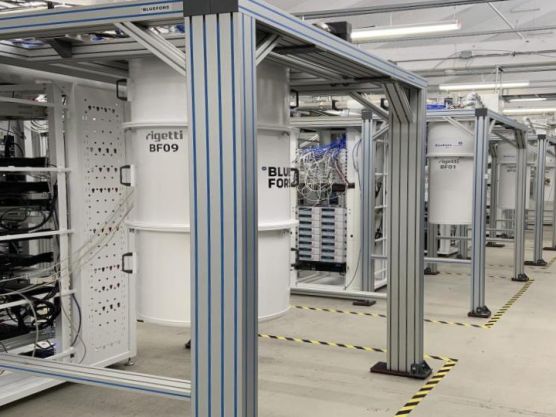Systems R&D
12.03.24Syncopated dynamical decoupling for suppressing crosstalk in quantum circuits
In this work, we explore the use of dynamical decoupling (DD) in characterizing undesired two-qubit couplings as well as the underlying single-qubit decoherence, and in suppressing them. We develop a syncopated dynamical decoupling technique which protects against decoherence and selectively targets unwanted two-qubit interactions, overcoming both significant hurdles to achieving precise quantum control and realizing quantum computing on many hardware prototypes
Learn More